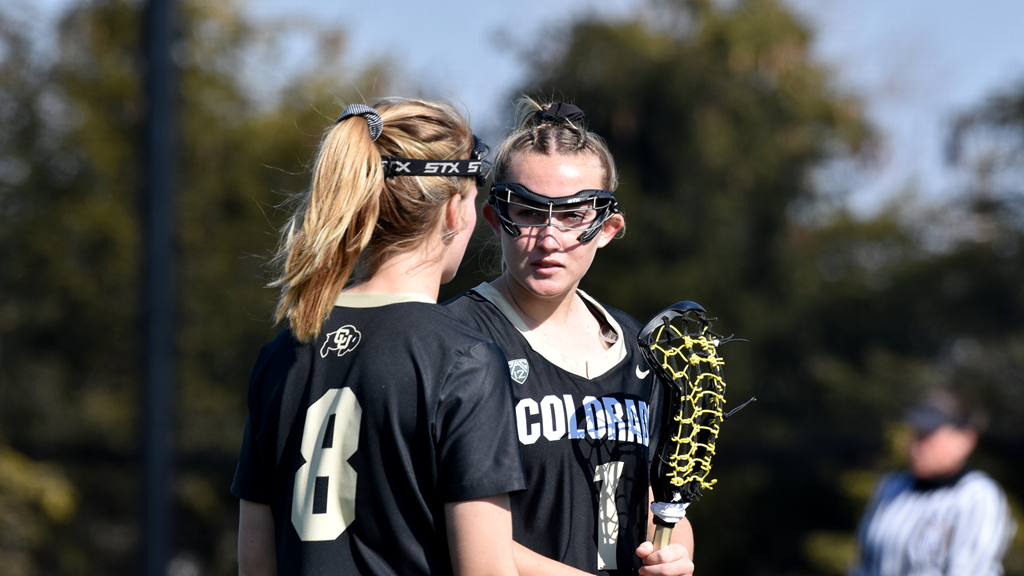I have been running since I learned to walk. I remember my dad teaching me and my siblings to pump our arms when we ran. I also remember being told not to run like a girl because of the old stereotype of flailing arms, wide open hands, and inefficient movement that was unfortunately embodied by a few fast girls in our local rec program. They must not have had a dad who taught them how to move like a strong, efficient athlete. “Run like a woman,” is what my dad would say now if he saw the strong girls and women who play with Tenacity.
Amidst my drive to become the best player I could be in any of the sports I was playing, and throughout the years of training to win moments and championships, I developed lifelong fitness habits I hope the girls in our programs are now developing in their own athletic journeys.
The habit of scheduling every day around your workout is something that all people can achieve, whether to play a sport at the college level or simply to stay healthy. But it is hard. This seemingly simple thing trips up athletes of all ages and most adults as well. This is why some of the best role models for our girls are their coaches, teachers, parents, and other adults in their lives – those adults who are keeping fitness – that is, movement of any kind – a priority.
Sometimes figuring out how to fit in a workout, finding motivation to get out the door, and -even during a workout – to keep going feel like the hardest things to do, and the strong pull of temptation to stop or never get started in the first place can feel insurmountable.
This past summer, on mile 17 of the San Francisco marathon, I wanted to stop. This was the farthest I had ever run in my life, because in training I had to work smart and limit my mileage on any single day due to injuries. In that moment coming out of Golden Gate Park, just like many of the moments running in the weeks leading up to the marathon, I changed my stride.
In June, I changed my stride to account for pain in my knee or my hamstring. When I was in high school, I’d change my stride in a sprint or in a timed mile to reach for more speed. As an adult, changing my stride has been about accounting for a difference in strength, weight distribution, and past physical trauma. In July, I changed my stride multiple times during those twenty-six miles, and the shifts remind me of the adjustments it is often necessary to make in life. In order to keep going…we all need to change our strides.
When is the last time you kicked it up a notch at your most out of breath place on the track or treadmill? When is the last time you dug in rather than quit when you were feeling vulnerable off the field? This is extending your stride, widening it when you were tired but still physically healthy and mentally steady.
When did you have to run up hill- or downhill- and take smaller steps to stay moving? When did you have to submit a project even if not perfect? When did you least want to show up, but found a way to get there anyway? These are examples of shortening your stride. Crawling maybe, but moving, and doing more than the guy sitting on the couch.

